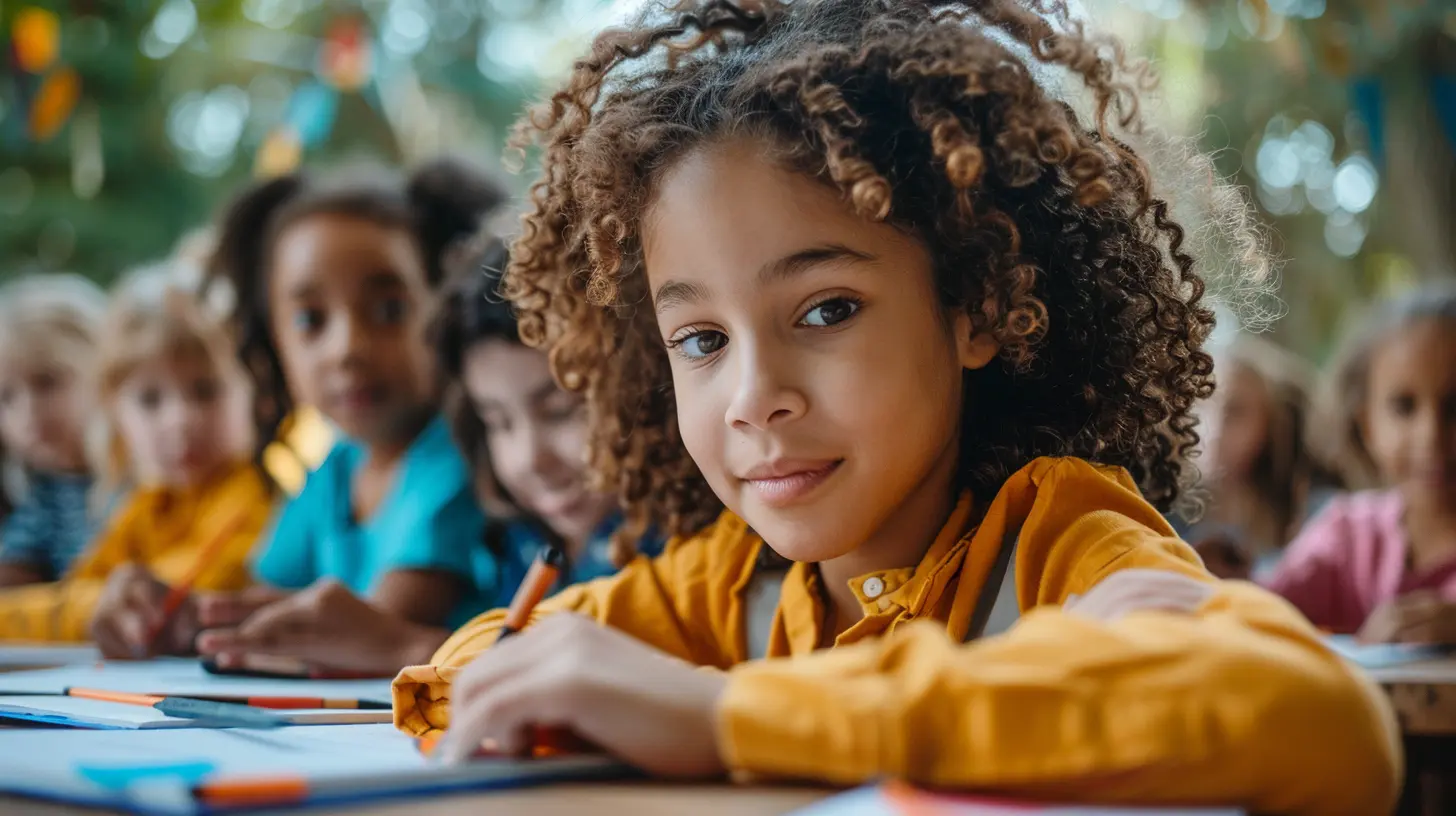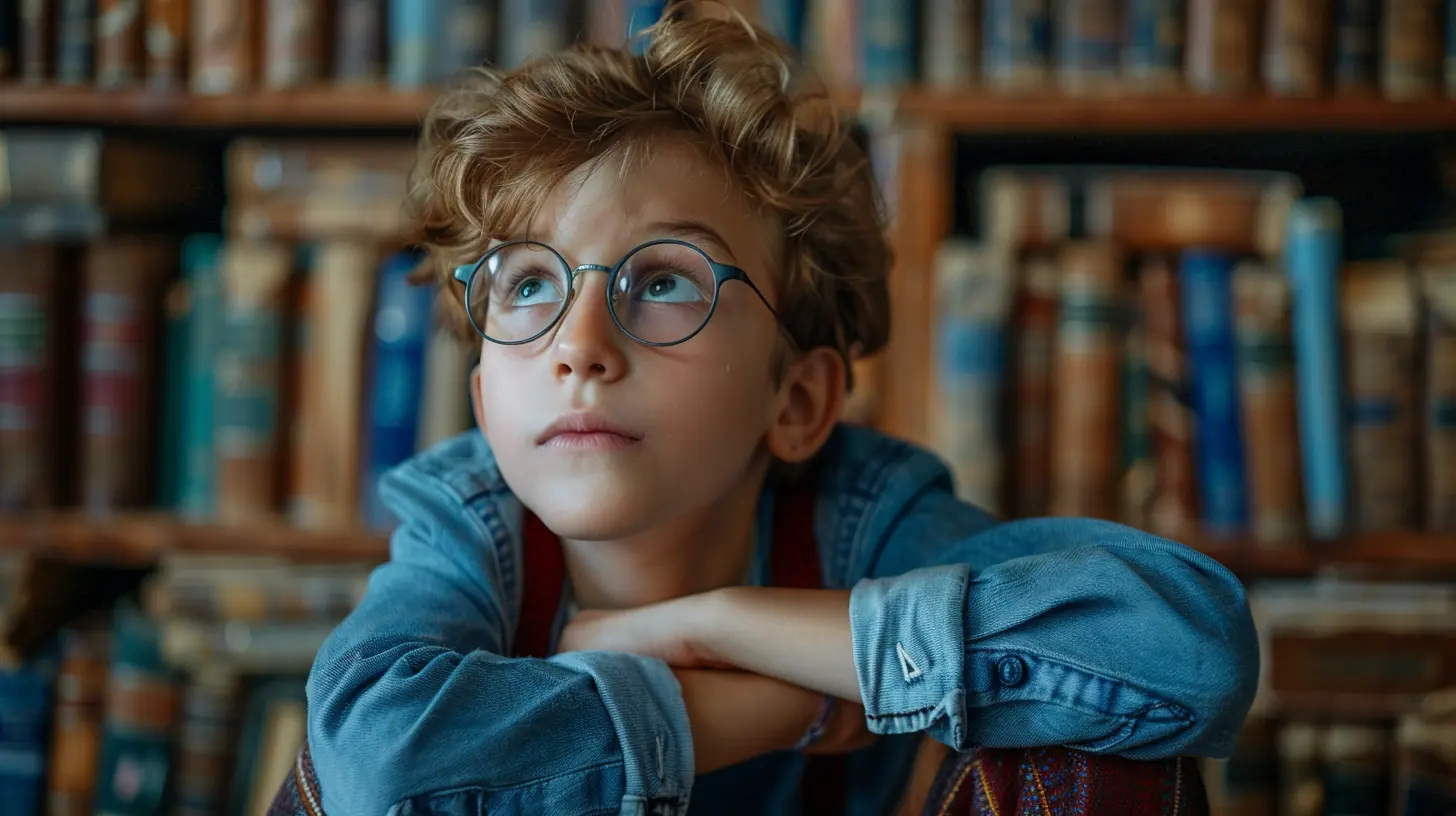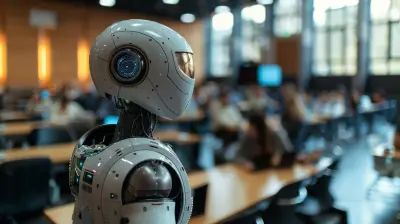11 February 2025
When we think about learning, it's easy to assume that everyone absorbs information in the same way. However, that's far from the truth! People have different learning styles, and these styles significantly affect how they approach problem-solving. Understanding these different approaches can help both learners and educators develop more effective strategies for tackling challenges.
In this article, we’ll dive into various learning styles, explore how each style impacts problem-solving, and offer practical tips to maximize problem-solving potential for each type of learner. Ready to unlock the full potential of your brain? Let’s get into it!

What are Learning Styles?
Before we jump into problem-solving approaches, let's first clarify what we mean by "learning styles."In simple terms, learning styles are the different ways people prefer to take in, process, and retain information. You might have heard of the VARK model, which breaks learning styles down into four categories:
1. Visual Learners – Learn best through seeing.
2. Auditory Learners – Learn best through listening.
3. Reading/Writing Learners – Learn best through reading and writing.
4. Kinesthetic Learners – Learn best through physical activities and hands-on experiences.
While this classification is helpful, remember that most people aren't limited to just one learning style. Many learners are a mix of these categories, but they may have one dominant preference.
Now that we know what learning styles are, let’s explore how different learners approach problem-solving.
Visual Learners: Seeing is Solving
Characteristics of Visual Learners
Visual learners are often those people who love diagrams, charts, and pictures. They tend to think in images and enjoy organizing information in a way that is visually appealing. You might see them doodling or sketching out ideas when they're trying to solve a problem.Problem-Solving Approach for Visual Learners
For visual learners, the best way to tackle a problem is by visualizing the issue. These learners thrive when they can see the problem laid out in front of them.Tips for Problem-Solving:
- Mind Maps: Visual learners can use mind maps to break down complex problems into smaller, more manageable parts. By creating a visual representation of the problem, they can see connections between different elements.- Flowcharts: Flowcharts are another great tool for visual learners. They help outline a sequence of steps, making it easier to see the path toward a solution.
- Color Coding: Adding colors to different parts of the problem can help categorize and prioritize information. This can make it easier for visual learners to focus on key areas.
Imagine you’re trying to solve a puzzle. For a visual learner, the pieces make more sense when they’re laid out clearly in front of them, right? The same goes for problem-solving.
Auditory Learners: Talk it Out
Characteristics of Auditory Learners
Auditory learners process information best when they hear it. These learners often prefer lectures, discussions, and listening to explanations. They may not be big fans of reading long texts but can recall conversations in detail.Problem-Solving Approach for Auditory Learners
For auditory learners, talking through a problem is the key to finding a solution. They often need to hear themselves or others explain a problem before they can begin to work through it.Tips for Problem-Solving:
- Group Discussions: Auditory learners benefit from brainstorming sessions and group discussions. Hearing different perspectives can help them piece together a solution.- Record Your Thoughts: If you're working alone, try recording yourself as you explain the problem out loud. Later, you can play it back and listen for insights you might have missed.
- Verbal Instructions: When approaching a problem, auditory learners may find it useful to repeat instructions or key points out loud to reinforce their understanding.
Think of it this way: If you're an auditory learner, it's like having a conversation with the problem itself. You’re more likely to find the solution when you can talk it out.
Reading/Writing Learners: Pen and Paper Power
Characteristics of Reading/Writing Learners
These learners are most comfortable with text. They prefer to read about a problem, make detailed notes, and write out their thoughts. They're the ones who will likely have a notebook full of information, even if it’s just for a simple task.Problem-Solving Approach for Reading/Writing Learners
For reading/writing learners, the process of writing things down can be the key to unlocking a solution. They often need to read through instructions or articles and jot down notes to fully understand a problem.Tips for Problem-Solving:
- List-Making: Start by making lists of the problem's components, possible solutions, and necessary steps. This will help reading/writing learners organize their thoughts.- Research: These learners are likely to benefit from reading about similar problems and solutions. The more information they can absorb through text, the better equipped they’ll be to solve the issue.
- Note-Taking: Writing down key points or summarizing the problem in their own words can help reinforce understanding and clarify the steps needed to solve the problem.
For reading/writing learners, think of solving problems like writing an essay. You gather all the information, organize it, and work through it one step at a time.
Kinesthetic Learners: Hands-On Problem Solvers
Characteristics of Kinesthetic Learners
Kinesthetic learners are all about action. They prefer hands-on experiences and learn best by doing. These learners often struggle with sitting still for long periods and may fidget or move around while trying to solve a problem.Problem-Solving Approach for Kinesthetic Learners
Kinesthetic learners need to physically engage with the problem. Whether that means building a model, experimenting, or using physical objects, they need to get their hands "dirty" to fully grasp the issue.Tips for Problem-Solving:
- Physical Models: If possible, create a physical model of the problem. For example, if you’re solving a mathematical problem, use objects like blocks or coins to represent different variables.- Role-Playing: For more abstract problems, kinesthetic learners can benefit from role-playing scenarios. Acting out the situation can help them understand the dynamics at play.
- Movement Breaks: Kinesthetic learners tend to think better when they’re in motion. If you're stuck on a problem, take a break to move around, stretch, or engage in a physical activity. The solution might come to you while you’re on the move!
If you’re a kinesthetic learner, think of problem-solving like building something with your hands. You need to touch, feel, and interact with the problem to find the solution.
Combining Learning Styles: The Hybrid Approach
While we’ve broken down problem-solving approaches based on specific learning styles, it’s important to remember that many people are a mix of these styles. You might find that you lean toward visual learning but also benefit from talking through problems or taking notes.In fact, combining these approaches can often lead to the most effective problem-solving strategy. For example, you might start by creating a mind map (visual learning), then explain the problem out loud (auditory learning), write down your observations (reading/writing learning), and finally build a model or prototype (kinesthetic learning).
By mixing and matching different techniques, you can tailor your problem-solving approach to what works best for you.
Adapting Problem-Solving for Education
As educators, understanding that students have different learning styles is crucial. Not every student is going to approach a problem the same way, so it's important to offer diverse problem-solving strategies.Here are some tips for educators:
1. Offer Variety: Provide multiple ways for students to approach problems. This could include visual aids, group discussions, written assignments, and hands-on projects.
2. Encourage Self-Awareness: Teach students to recognize their own learning styles and encourage them to experiment with different problem-solving strategies.
3. Create a Flexible Environment: Allow students the freedom to choose the methods that work best for them. Some might prefer working alone, while others thrive in group settings.
By acknowledging and accommodating different learning styles, educators can help students become more confident and effective problem solvers.
Conclusion
Problem-solving is a critical skill, but the way we solve problems depends largely on how we learn. Visual learners need to see the problem, auditory learners need to hear it, reading/writing learners need to write it down, and kinesthetic learners need to physically engage with it.By understanding these different learning styles and their corresponding problem-solving approaches, you can not only improve your own problem-solving skills but also help others unlock their full potential.
So, what’s your learning style? Now that you know how it affects your problem-solving approach, you’re one step closer to cracking the code of any challenge that comes your way!












Oberon McCollum
Embrace diverse strategies to empower every learner's unique strengths!
April 7, 2025 at 6:29 PM